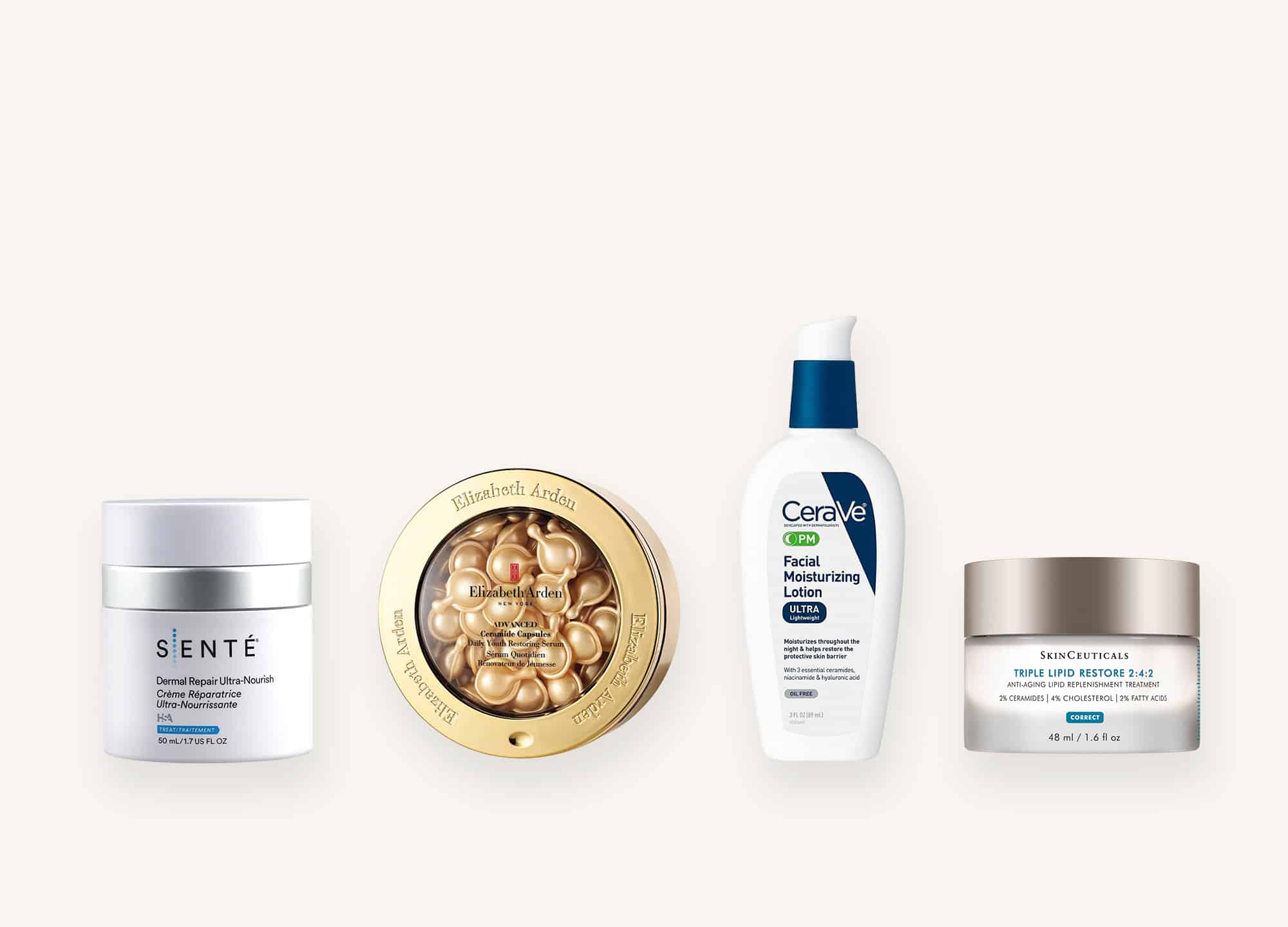Ceramides are universally beloved by dermatologists; play nicely with a wide array of other ingredients; and, really, can do no wrong. Forget the vanity and aging side of things (though yes, they can be helpful there, too)—ceramides are essential for keeping our skin strong and healthy. But what, exactly, are they?
Read on for everything you need to know about these superstars plus the best ceramide products to try now.
What are ceramides?
Ceramides are lipids, or fat molecules, found in the epidermis, the top layer of the skin. There are nine different types of ceramides, which make up 50% of the epidermis, says Dr. Marie Hayag, a board-certified dermatologist in New York City. The number of ceramides in the skin speaks to their importance and function.
What do ceramides do for skin?
The easiest way to think about ceramides is in the context of bricks and mortar. “Your skin cells are the bricks, and the ceramides are the mortar, or glue, that help hold them together and create a smooth surface, with no cracks,” says Dr. Mona Gohara, a board-certified dermatologist in Danbury, Connecticut. When we don’t have enough ceramides, that outermost layer of the skin becomes compromised; irritants can get in, and natural moisture can escape, explains Dr. Gohara. (To that point, if your skin is both dry and irritated, this is a pretty definitive indicator that your barrier is weakened and you need to replenish ceramides, she adds.) In short, “ceramides are extremely important in dermatology, both because of the role they play in helping keep the skin moisturized and their protective properties,” says Dr. Hayag.
Ceramides aren’t the only important lipids in our skin
It’s worth noting that ceramides are only one type of lipid that’s important for the health of our skin barrier. Cholesterol and fatty acids are two other major players, says Dr. Hayag, who goes on to note that there’s actually a particular ratio of these three ingredients that’s ideal for optimizing barrier function. (For those wondering, it’s one part ceramides to two parts cholesterol to two parts fatty acids.) The only problem? Companies don’t disclose the amounts for these ingredients or whether they’re hitting this ratio. But, Dr. Hayag says, you don’t have to get too hung up on that; simply seeking out products that contain all three types of these lipids is sufficient, if you’re really trying to get the most bang for your buck.
Similarly, given that there are nine types of ceramides, you may see various ones listed on the ingredient label. They can appear either with accompanying numbers, such as ceramide 1 or 3, or with accompanying letters, such as ceramide AP or NP. “Again, this isn’t super-important, as they all have the same effects,” says Dr. Gohara. It can, however, be helpful to find products that use a few different kinds. Because they all have different molecular weights, applying multiple options increases the likelihood of effective penetration into the various levels of the epidermis, she explains.
Lots of things impact ceramide levels
Here’s the bad news. As is the case with so many other components of our skin (hyaluronic acid, collagen, elastin), natural ceramide production slows with age, points out Dr. Gohara. In related news, she adds, it’s thought that dark skin produces fewer ceramides, part of the reason dryness tends to be a very common dermatological issue for this part of the population. External factors can be a culprit too. One study found that the levels of lipids (ceramides included) in the stratum corneum, the outermost layer of the epidermis, fell during the winter. And Dr. Gohara notes that harsh skin-care products, overzealous scrubbing, and even overwashing can also not only disrupt the ceramides currently in your skin but also mess with the production process. So how to combat all that? With the right ceramide-containing products, of course.
The best ceramide creams and washes and how to use them
For starters, it’s important to point out that pretty much anyone and everyone can use ceramides; the likelihood of irritation or any type of allergic reaction is essentially nonexistent, according to the dermatologists we spoke with. That being said, they are most beneficial for those dealing with dry, irritated, and/or aging skin. In that case (or if you just really want to up the ante), Dr. Gohara suggests doubling up and using a cleanser with ceramides followed by a ceramide-based lotion or cream. Other than that, there’s no magical application tactic you need to follow, just apply as directed and let the ceramides do their thing. Here are seven ceramide standouts to try.
Senté Dermal Repair Ultra-Nourish ($179)
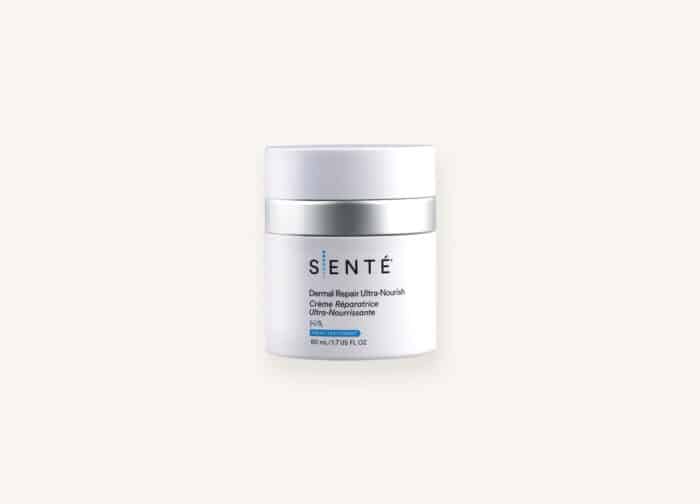
Ceramides work in tandem with this brand’s hero ingredient, heparan sulfate analog (HSA), in this extra-creamy moisturizer. HSA promotes optimal cell function, ultimately helping to reduce transepidermal water loss—which makes it the perfect complement to ceramides’ similar skin-strengthening effects.
SkinCeuticals Triple Lipid Restore 2:4:2 ($128)
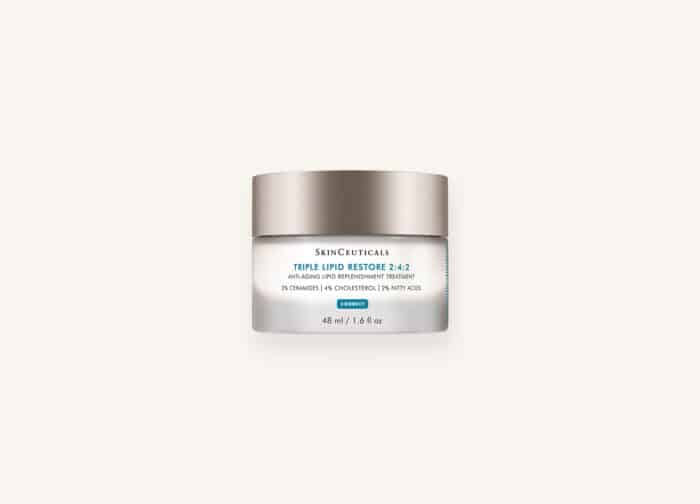
Remember that magical ratio we mentioned? This is one of the only products we’ve seen that we know for sure has taken it into consideration. The name refers to the special combo of ceramides, cholesterol, and fatty acids, which is what makes this beloved cream so moisturizing; it noticeably softens and smooths skin after just a few uses.
Dove Beauty Irritation Relief Body Wash ($6)
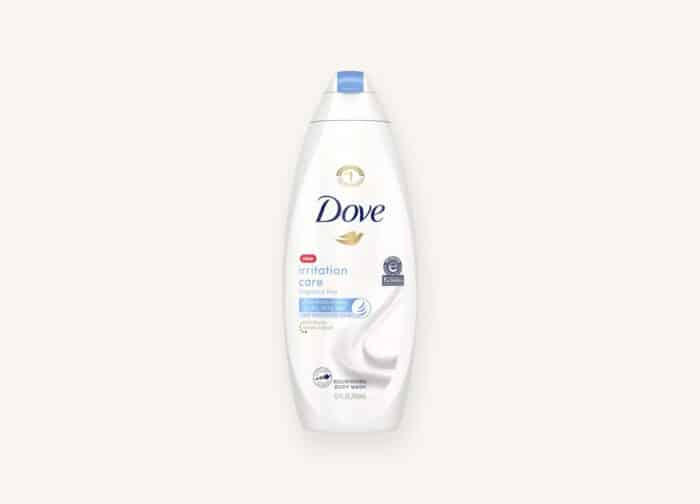
You’d better believe that ceramides are just as important for the skin on your body as the skin on your face. And this body wash, one of Dr. Gohara’s picks, is unique in that it actually doesn’t contain any ceramides. Instead, the brand relies on a proprietary combo of ingredients that help your skin produce more of its own ceramides, a good way to improve the look and feel of skin long-term.
BeautyStat Universal Pro-Bio Moisture Cream ($50)
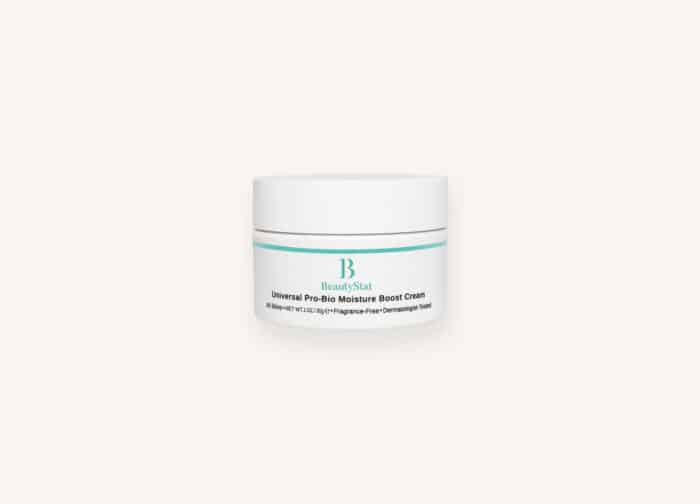
Here’s a choice option if you want to reap the benefits of ceramides but don’t want a cream that feels particularly rich or heavy. This product is surprisingly featherweight and fast-absorbing; credit the pairing of, yes, ceramides, with very light, very hydrating hyaluronic acid. It’s also great to reach for if your skin is already stressed out, as it touts a soothing and healing probiotic ferment too.
CeraVe PM Facial Moisturizing Lotion ($10)
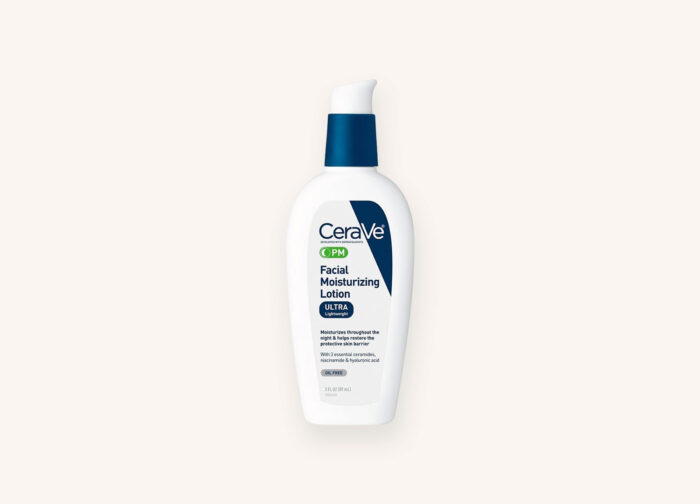
You can’t talk about ceramides without mentioning CeraVe—the very name of a brand is an homage to the ingredient. All the products use ceramides, but this particular one is noteworthy because it also contains niacinamide. “Niacinamide and ceramides work very well together, because niacinamide can actually help boost ceramide production,” says Dr. Hayag.
HydroPeptide Power Lift Advanced Ultra-Rich Moisturizer ($99)
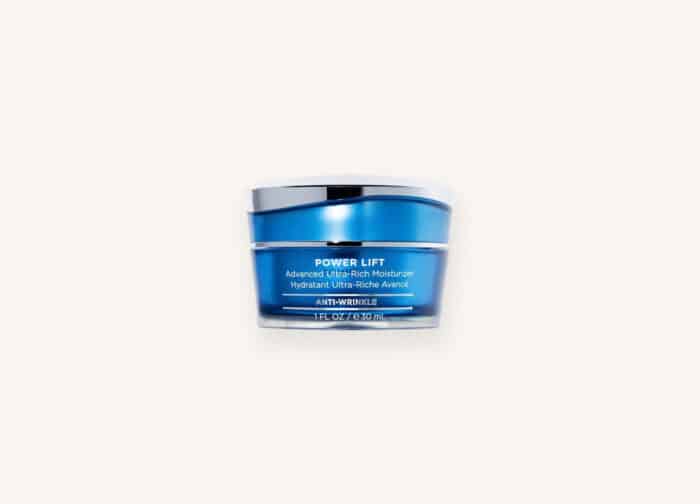
For those concerned about wrinkles and/or sagging, this pick takes the cake. There are ceramides, to help deal with aging-related dryness, as well as two types of peptides in the mix. Wrinkle-fighting neuropeptides smooth out fine lines, while structural-integrity peptides leave skin firmer and plumper.
Elizabeth Arden Advanced Ceramide Capsules Daily Youth Restoring Serum ($83)
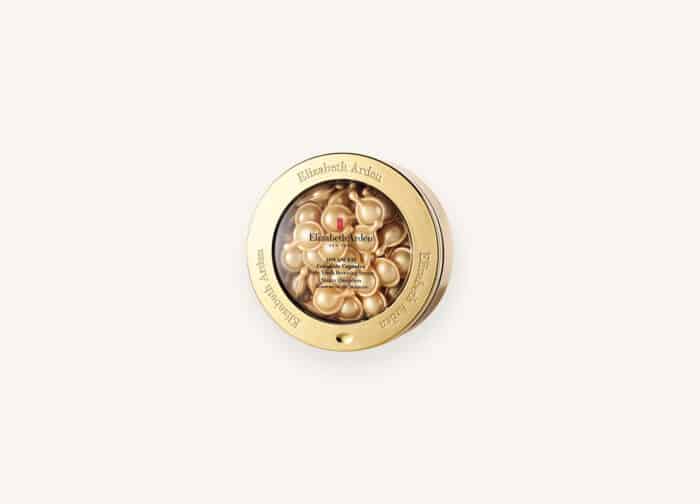
Dr. Hayag lauds this brand for its long history of effective, ceramide-centric formulas. These single-use capsules are unique because they contain a lightweight silky serum, a rarity given that most ceramide-based products are creams and lotions. In brand-backed clinical studies, 84% of participants had fewer lines and wrinkles after just two weeks of use.







